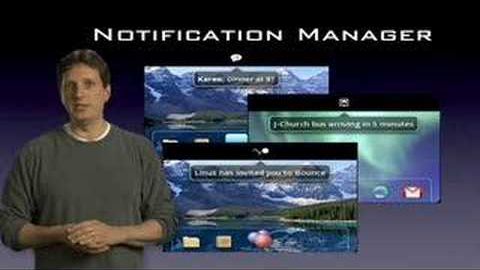安卓學 - 第3部分的3 - APIs (Androidology - Part 3 of 3 - APIs)
 沒有此條件下的單字
沒有此條件下的單字US /ˈmʌltəpəl/
・
UK /ˈmʌltɪpl/
- adj.多重的;多種的;多發性的;多重的
- n. (c.)多;多個的;乘數
- pron.多重的
- n. (c./u.)感覺;意識;含義
- v.t./i.傳感,感覺,感知;感覺,官能
US /ˈɪnfrəˌstrʌktʃɚ/
・
UK /'ɪnfrəstrʌktʃə(r)/
- n. (u.)基礎設施 ; 基礎結構;組織架構;電腦基礎設施
US /kənˈsɪstənt/
・
UK /kənˈsɪstənt/
- adj.一貫;與。 。 。一致;一貫的;合乎邏輯的

